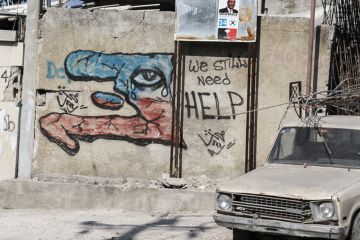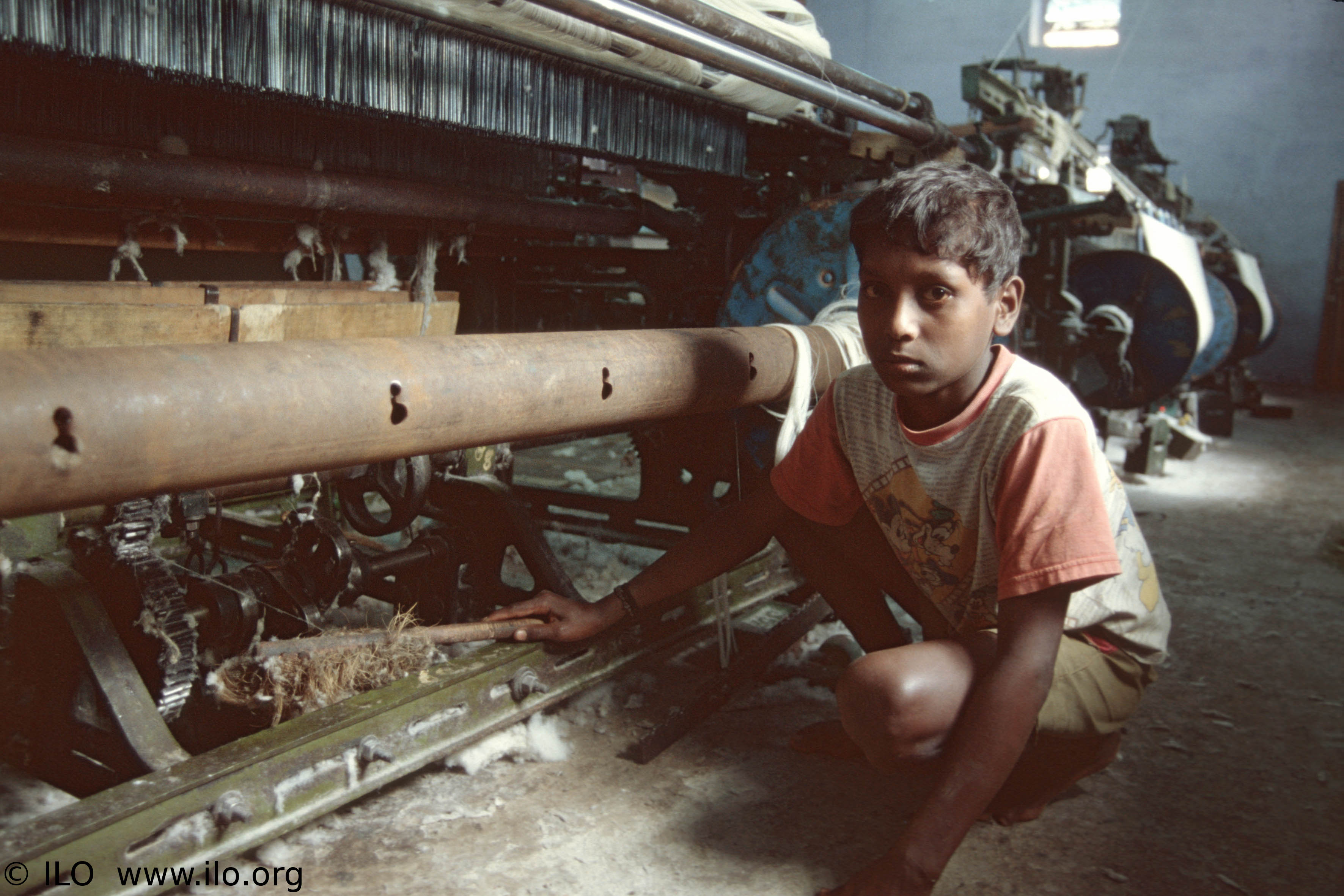On March 4, 2012, Vladimir Putin was reelected to his third term as president of Russia. Discontent and outrage have spread across the Russian population, sparking riots and revolts against a government that the citizens believe is corrupt. Students are particularly active in these riots, with organized youth groups protesting against Putin and his United Russia party.

These activists riot for good reason. Putin, who served as president for two terms from 2000-2008, became prime minister in 2008 when the Russian constitution forbade his third term as president. In 2012, he ran again for president and won, sparking some of the largest riots in Russia not seen since the end of the Soviet Union.
These riots mainly consist of the Russian middle class and the urban population, who are fed up with corruption. Student activists, such as Maria Gaidar, are also playing a remarkable role in these protests. Gaidar is the founder of DA! (YES! in Russian), a youth movement opposed to Putin’s rule.
She has also formed a group known as “The Other Russia,” another anti-Putin organization, whose main strategy during the election was to simply vote for anyone but Putin.
“The message is ‘we don’t want this anymore’ and the way to transmit this is by not voting for Putin,” Gaidar toldmsnbc.com. Unfortunatelwy, this strategy did not work because, according to Gaidar, the opposition parties were more focused on establishing fair elections than finding adequate leaders to run.
Social media has also played a large role in these past protests. A site called Grakon.org (‘“Citizen’s control”) was organized by several students from the Moscow Institute of Physics and Technology with the primary purpose of connecting voters together. Mikhail Ponko, one of the site’s founders, told Worldcrunch.org, “We are an independent, neutral platform. We are prepared to work with everyone who is in favour of fair elections.”
The site is funded only by donations, while the team works for free. Ponko believes that social media is making a real difference concerning democracy by monitoring elections and any signs of fraud.
However, not all student activist groups are against Putin’s rule. The Young Guard, a pro-Kremlin group and the youth section of the United Russia Party, as well as Nashi, a political youth movement, both rallied to support Putin in December 2011. Nashi and Stal (“Steel”), another pro-Putin youth group, organized 20,000 activists to monitor the streets on election day, March 4. One newspaper, Ria Novosti, recorded Nashi commissioner Maria Kislitsina calling the opposition protester “representatives of the Russian opposition and their foreign sponsors.”
The legitimacy of Putin’s victory has been seriously shaken because he has been accused of vote rigging and debarring all plausible opponents. According to RIA Novosti, there have been more than 1,100 cases of election irregularities including illegal campaigning. The Central Electoral Commission, a government bureau, reported on Feb. 3, 2012 that it received a total of 1686 notices of irregularities. However, the committee only upheld 195, or 11.5 percent of these after investigation.
Putin has two choices now. He can either try and reduce the corruption within the regime and carry out the reforms he’s promised the Russian people or he can try and suppress the discontent. Considering his anti-West rhetoric and past record, the second option seems much more likely.
If he wishes to commit to reform, he must first promise not to run again in 2018 and wholly commit to free elections. If he does not, demonstrations may continue into his next term and may not remain as peaceful. Though they are unlikely to see the end of Putin’s rule until 2018, student activists such as Gaidar and Ponko will continue to work towards fair, free elections.




